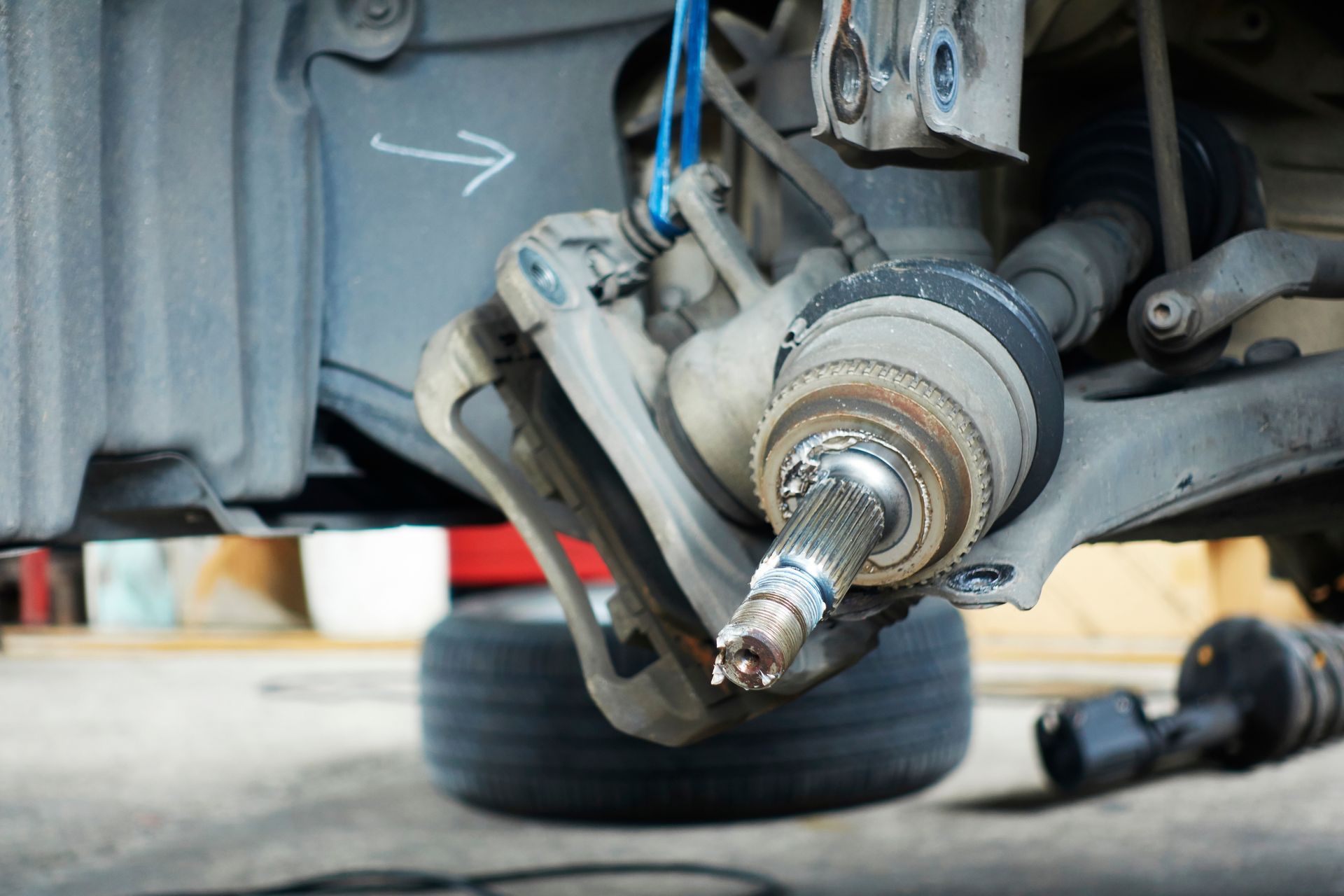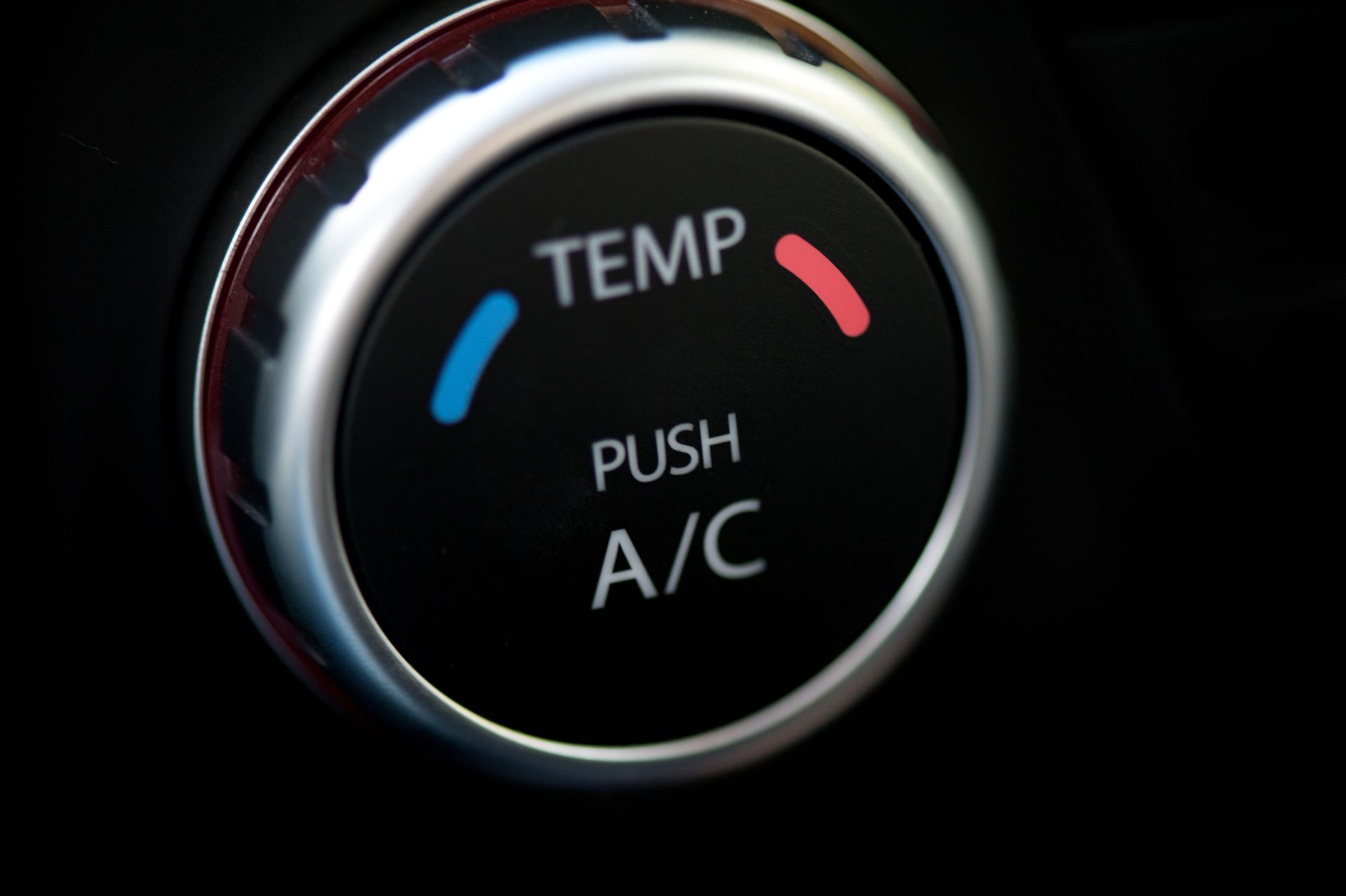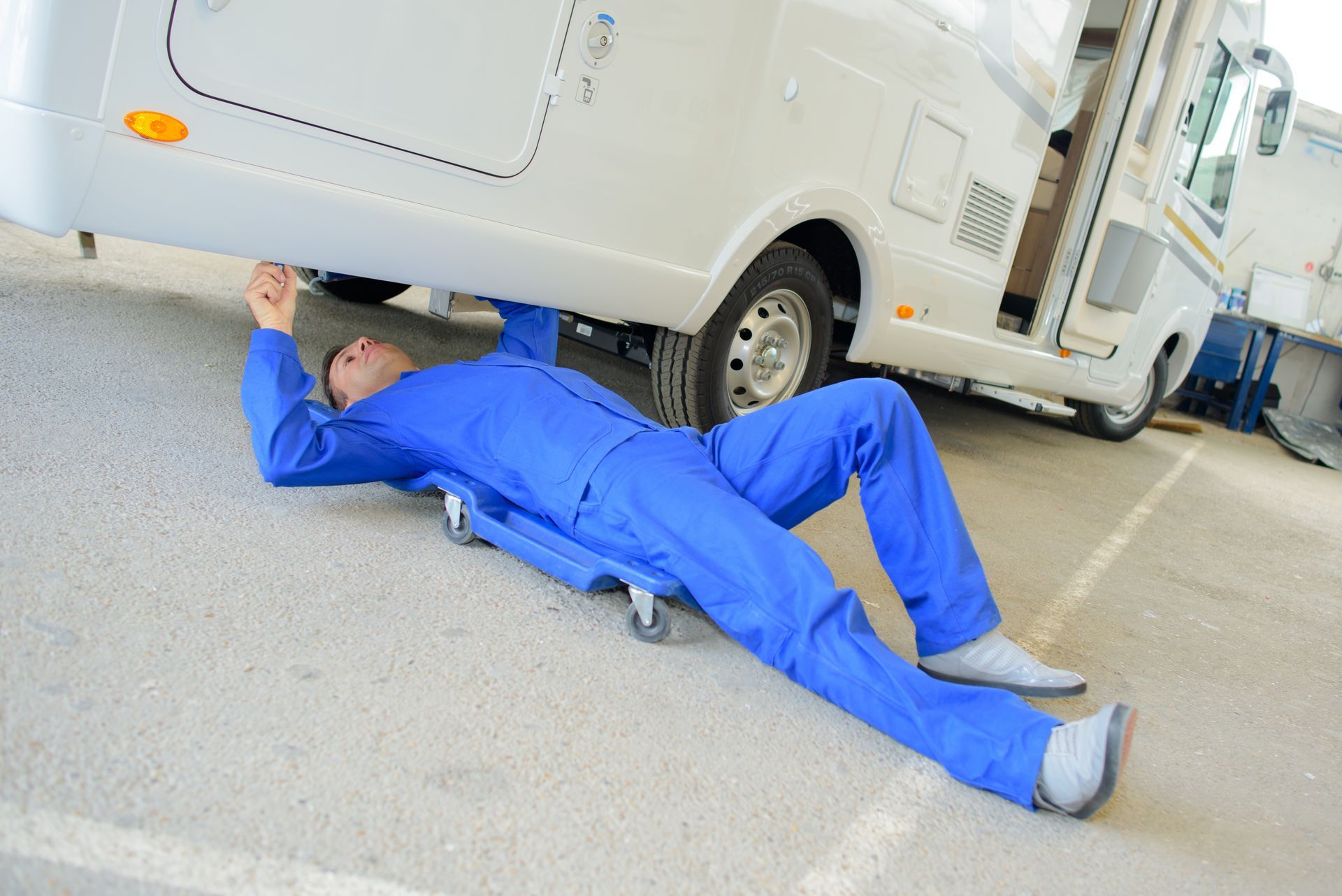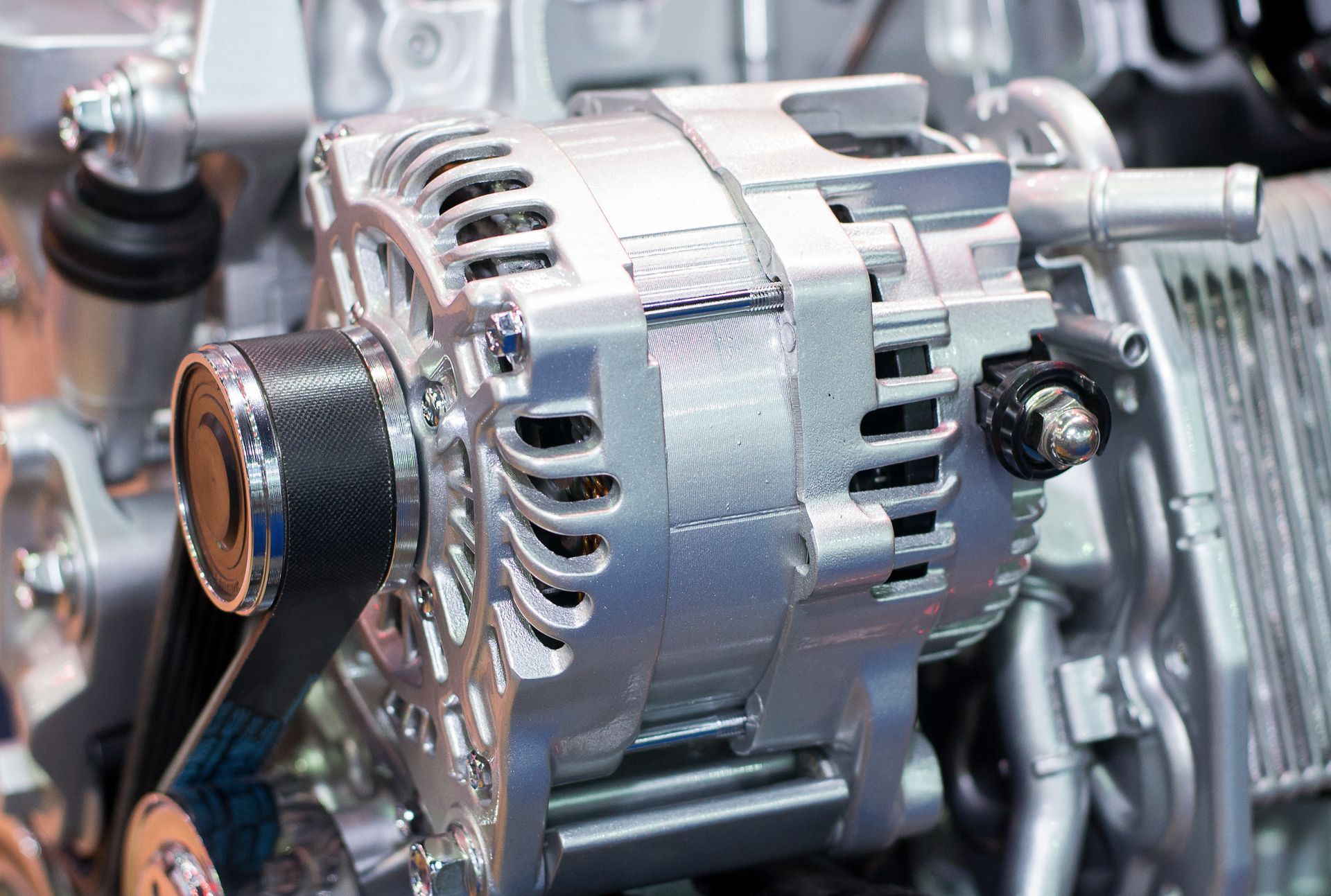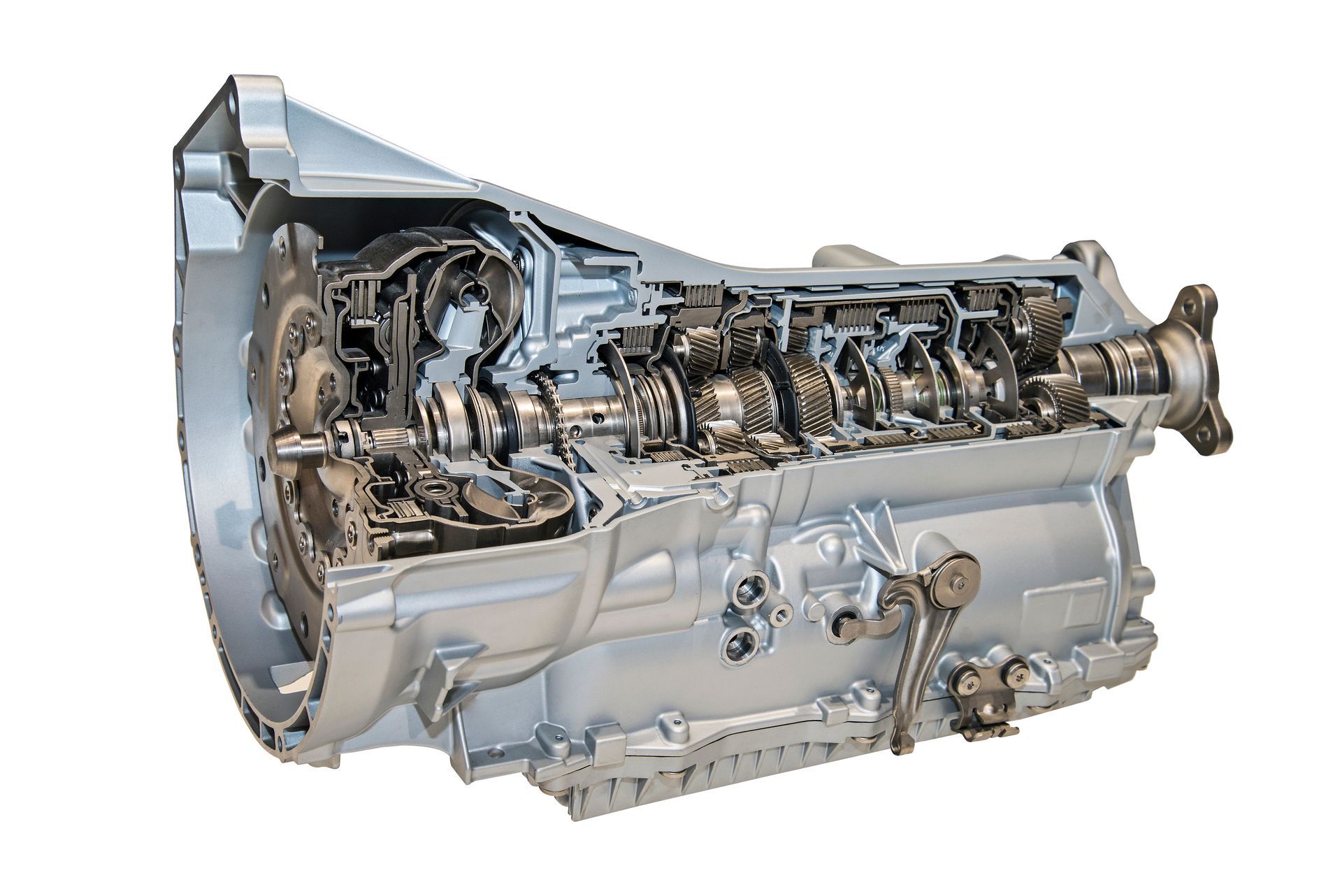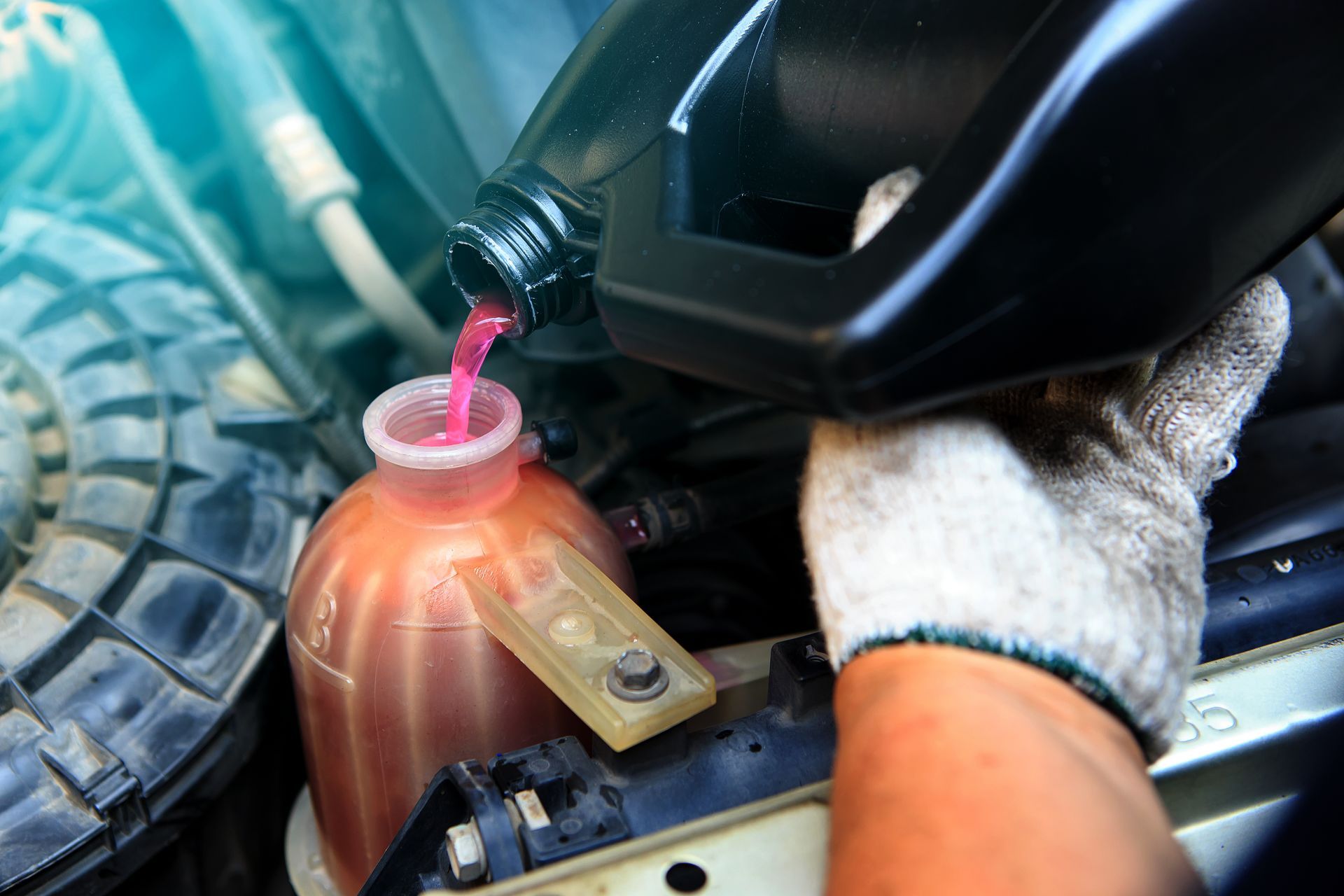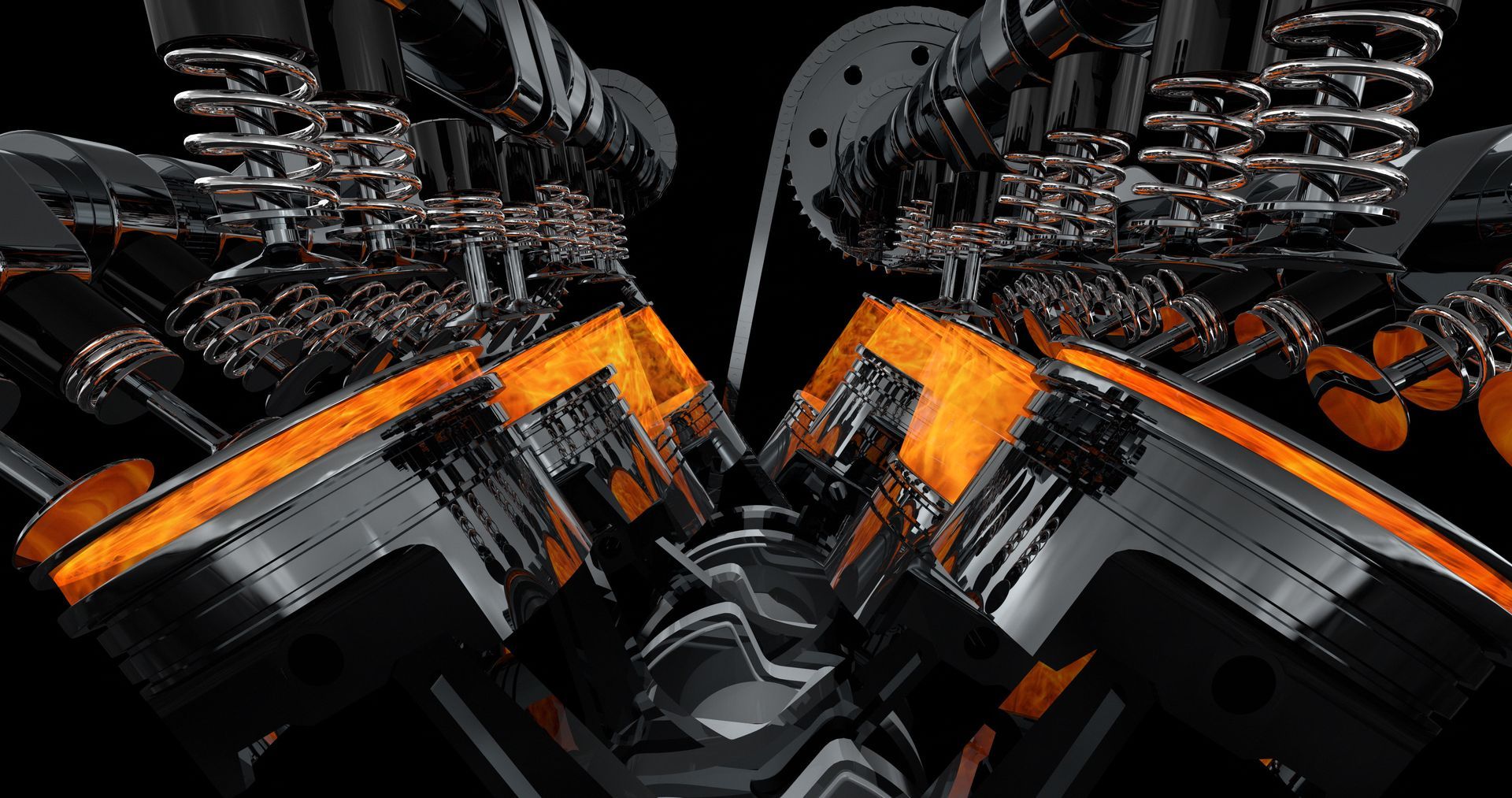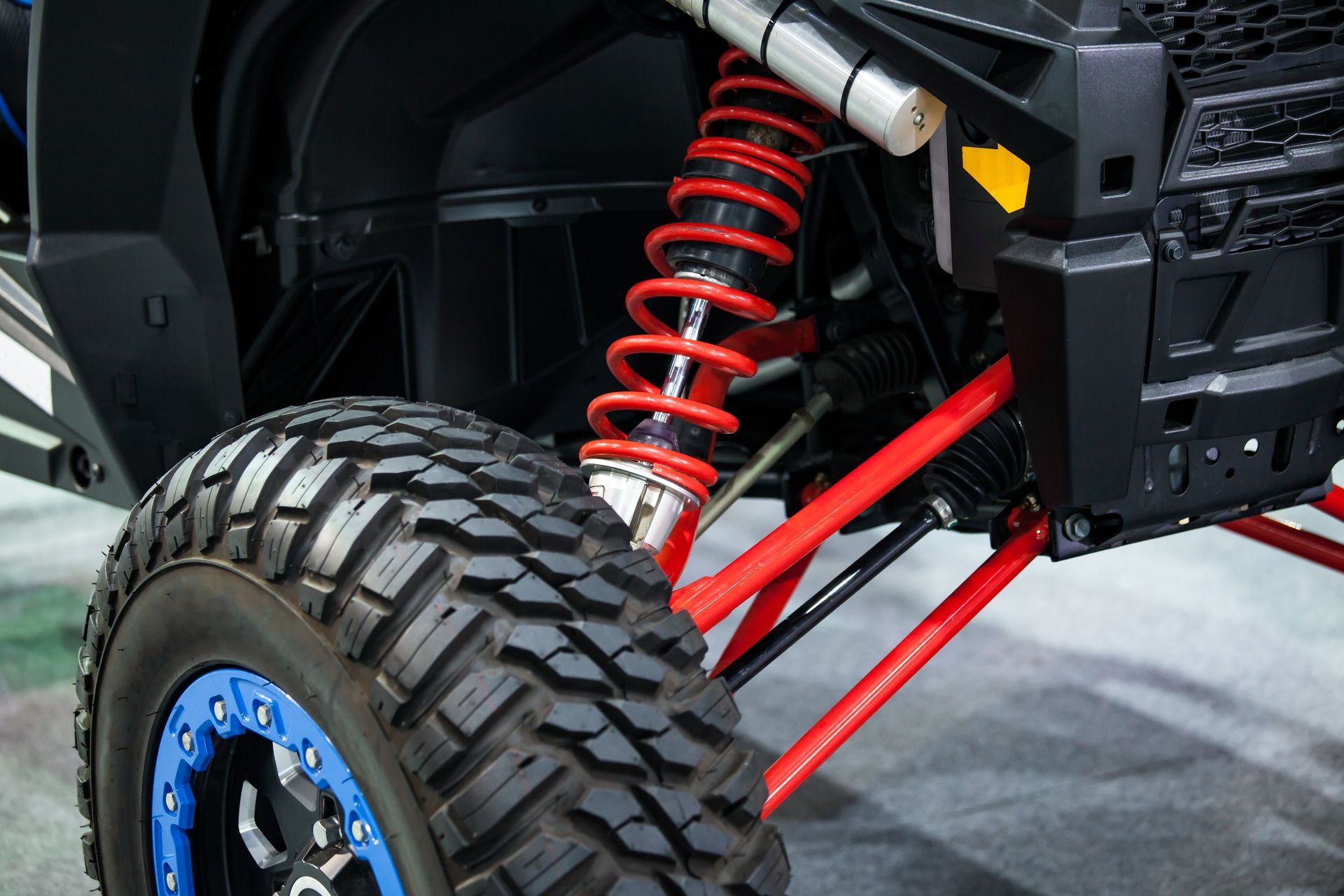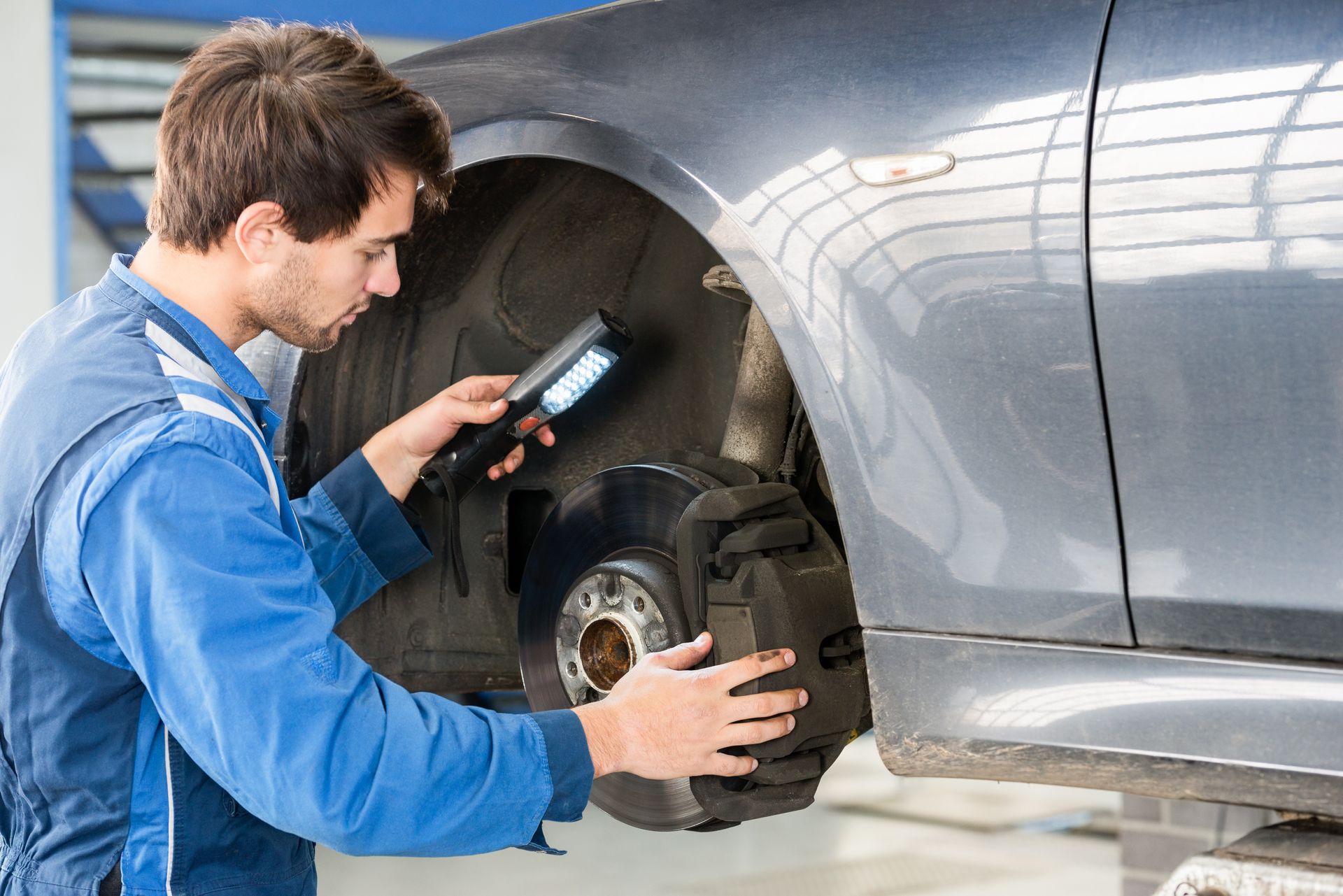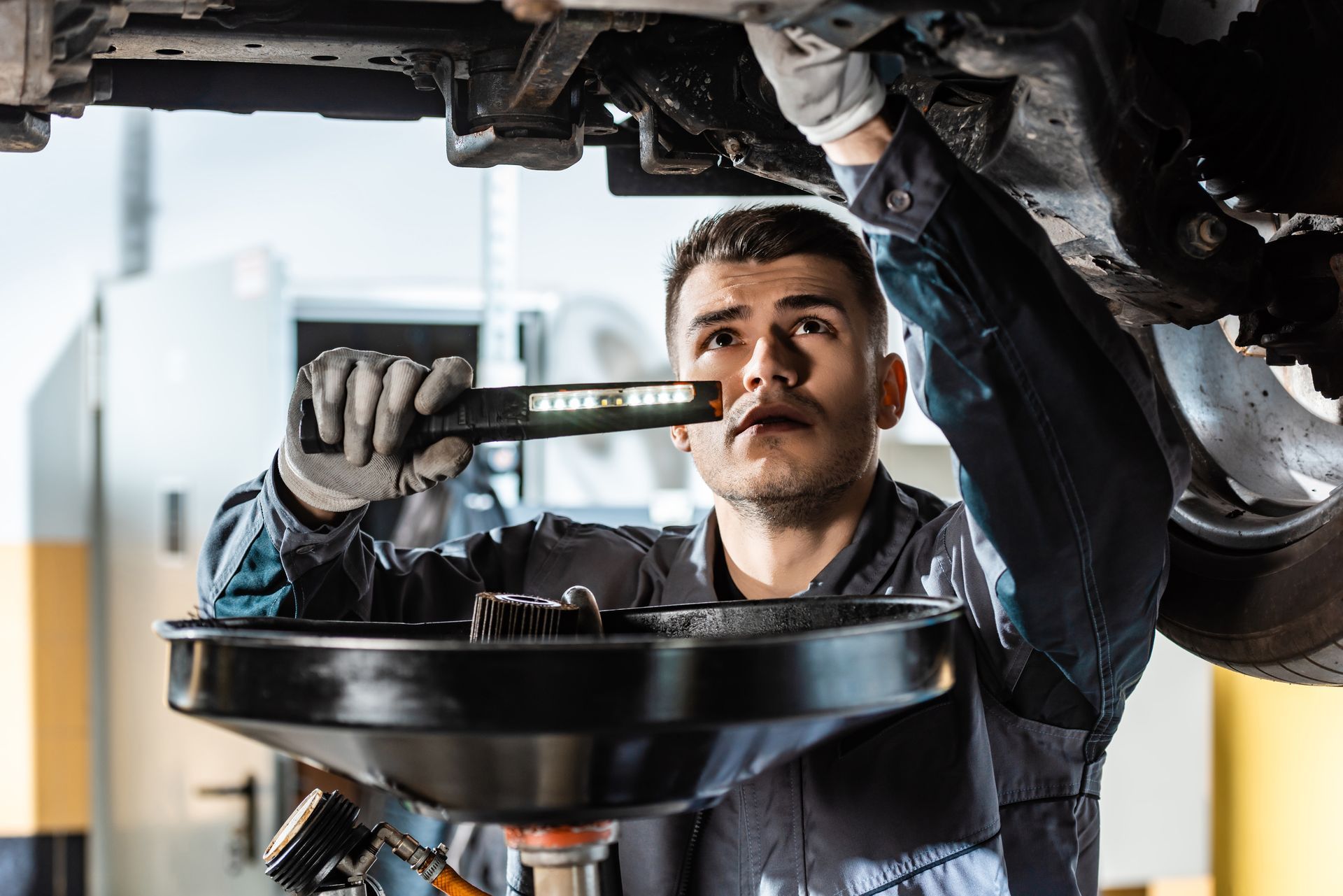Loading ...
Missing business hours data / Error occurred while getting the data.
Loading ...
Missing business hours data / Error occurred while getting the data.
Loading ...
Missing business hours data / Error occurred while getting the data.
Loading ...
Missing business hours data / Error occurred while getting the data.
What Happens If I Neglect Wheel Alignment?
November 29, 2024
Ignoring wheel alignment can lead to a host of problems. You might be thinking, “Is it really that important?” The answer is a definite yes. Proper wheel alignment isn’t just about keeping your ride straight—it’s about protecting your tires, improving fuel efficiency, and ensuring your safety on the road. We'll share what can go wrong if you neglect this crucial aspect of car care.
The Silent Damage to Your Tires
One of the most immediate and noticeable consequences of poor wheel alignment is uneven tire wear. When misaligned, your wheels don’t hit the road at the right angles. This causes parts of your tires to wear down faster than others, leading to bald patches and reduced tread life. You may not notice the problem right away, but over time, you’ll see the signs—like one side of your tires being more worn than the other.
Uneven tire wear isn’t just an annoyance; it’s a safety risk. Tires with bald spots or uneven tread are more likely to blow out, especially at high speeds. This puts you at greater risk of losing control of your vehicle. And let’s face it, replacing tires prematurely because of misalignment is an expense nobody wants. Aligning your wheels can help you get the most out of your tires, saving you money and keeping you safer on the road.
Poor Handling and a Less Comfortable Ride
Ever noticed your car pulling to one side, even when you’re driving on a straight road? That’s a telltale sign of misaligned wheels. It might not seem like a big deal at first, but this constant tug-of-war with your steering wheel can make driving exhausting, especially on long trips. Your car should be responsive to your commands, not fighting against them.
Misalignment also affects how your car handles turns and corners. If your wheels aren’t aligned, your steering might feel off, or your car could become harder to control in wet or slippery conditions. This compromises your safety, particularly in emergency situations where precise handling is crucial. Ignoring wheel alignment can turn every drive into a battle with your vehicle, making it harder to enjoy the open road.
Increased Wear and Tear on Your Vehicle
Wheel misalignment doesn’t just stop at your tires and steering. It can also have a domino effect on other components of your vehicle. When your wheels aren’t aligned, your suspension system takes on the extra stress. This can cause parts like ball joints, tie rods, and shocks to wear out much faster than they should. Over time, this means more frequent repairs and replacements, which can add up in terms of cost and inconvenience.
Think of your suspension system as the backbone of your car’s stability. When it's under constant strain from misaligned wheels, it's only a matter of time before something gives. And when that happens, you'll be looking at hefty repair bills that could have been avoided with a simple alignment check.
Fuel Efficiency Takes a Hit
With gas prices constantly fluctuating, nobody wants to be spending more at the pump than they have to. But did you know that improper wheel alignment can hurt your fuel economy? When your wheels aren’t aligned, they create more rolling resistance on the road. This means your engine has to work harder to move your car forward, which, in turn, burns more fuel.
Aligning your wheels can help reduce this drag, allowing your car to glide down the road more efficiently. So, not only does proper alignment help your wallet by extending the life of your tires and preventing unnecessary repairs, but it also saves you money at the pump.
Ignoring Alignment Can Lead to Bigger Issues Down the Road
Putting off wheel alignment is easy because it doesn’t seem urgent. After all, your car is still drivable, right? However, neglecting alignment can turn small, manageable problems into major issues that are far more costly to fix. Misaligned wheels can lead to vibrations, a shaky steering wheel, and uneven tire wear—all of which are signs that your car is under stress. Ignoring these symptoms can cause permanent damage to your suspension system, axles, and even the frame of your car.
Preventive maintenance is always cheaper and less stressful than dealing with a breakdown. Getting a regular alignment check can help you avoid bigger headaches down the road. It’s not just about keeping your wheels straight—it’s about protecting your investment in your vehicle.
How Often Should You Get a Wheel Alignment
So, how often should you have your wheel alignment checked? Generally, it's recommended to check alignment every 6,000 to 8,000 miles or at least once a year. However, certain situations may call for more frequent checks. For example, if you hit a pothole or curb or encounter rough roads frequently, it’s a good idea to have your alignment checked sooner.
You should also pay attention to how your car feels. If you notice unusual tire wear, a pulling sensation to one side, or a vibrating steering wheel, these could be signs that your alignment is off. Catching the problem early can save you from more expensive repairs later.
Not sure if your alignment is off? Stop by
Maryland Auto & Truck Repair for a quick inspection. Our experts are here to keep your car in top shape so you can hit the road with confidence.
Having Trouble Finding Us?
Business Hours:
Loading ...
Missing business hours data / Error occurred while getting the data.
Reach Us:
Contact Us:
Maryland Auto & Truck Repair, 512 Crain Hwy #B Glen Burnie, MD 21061 (410) 760-8123

